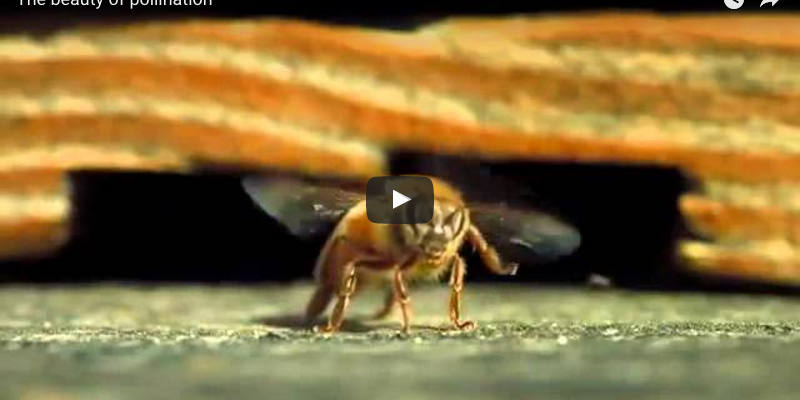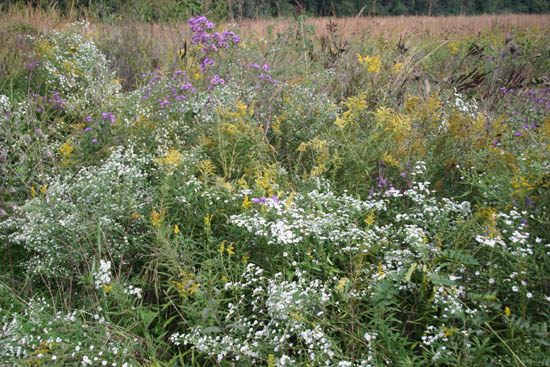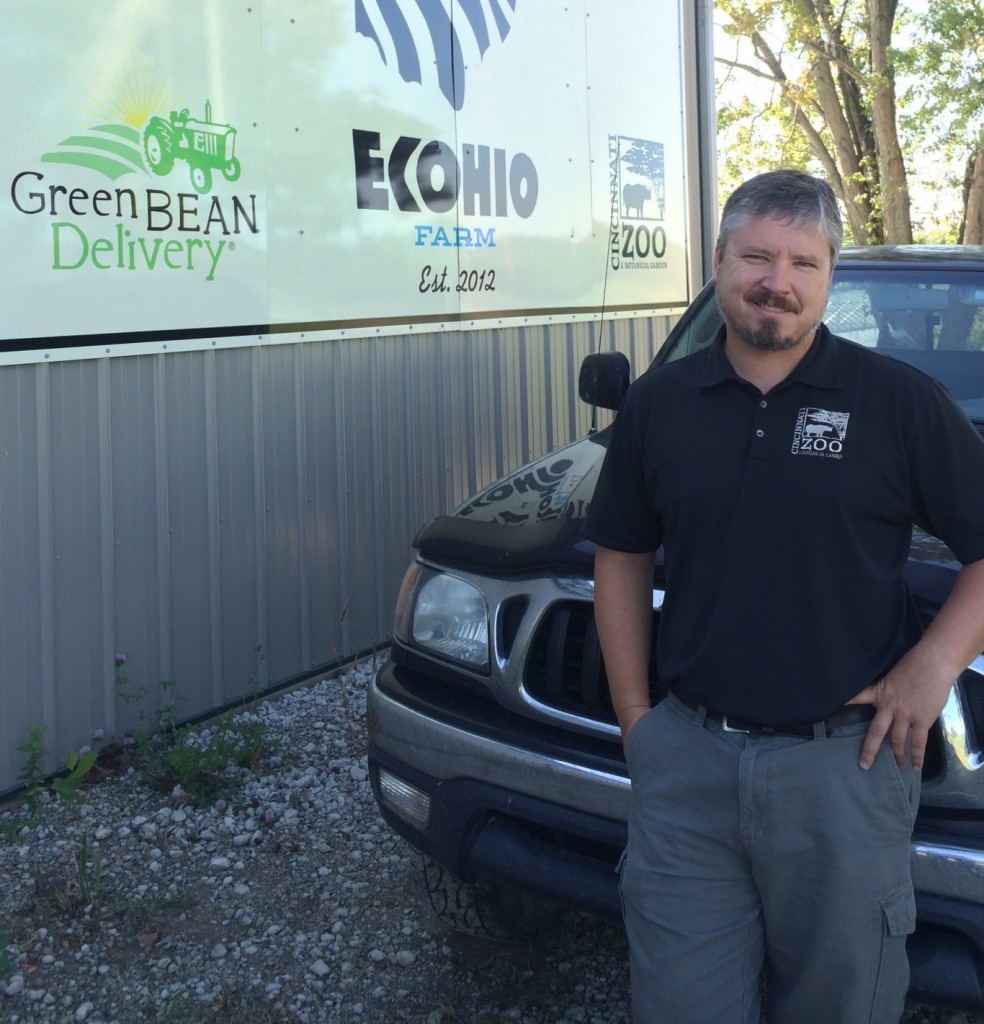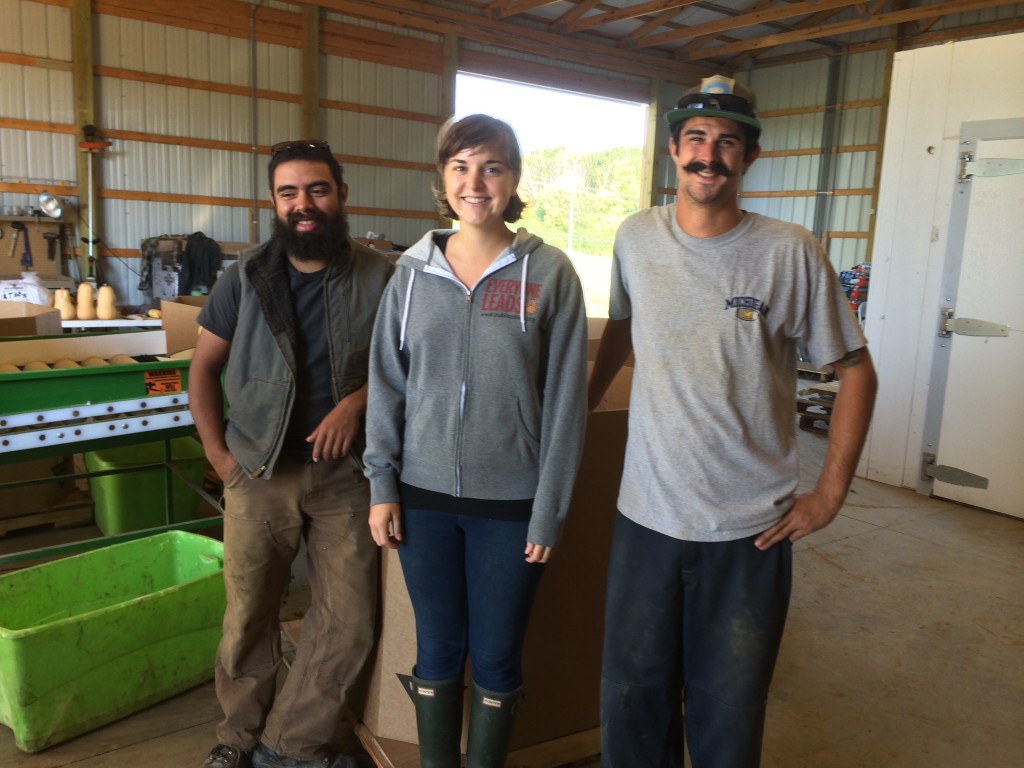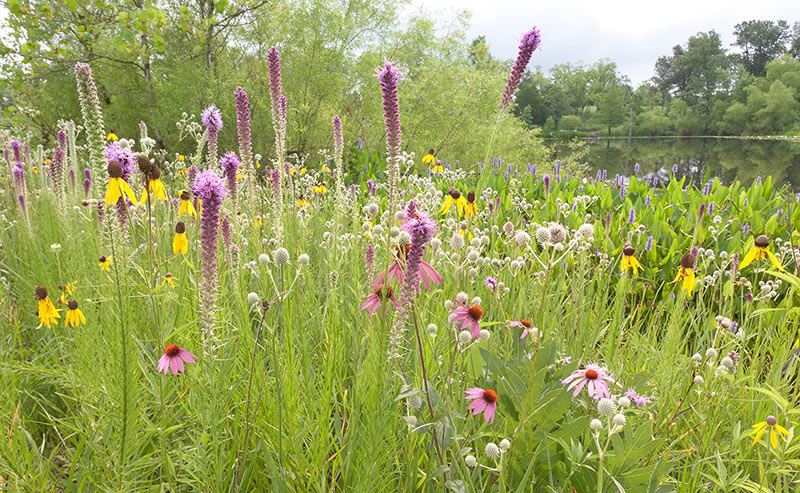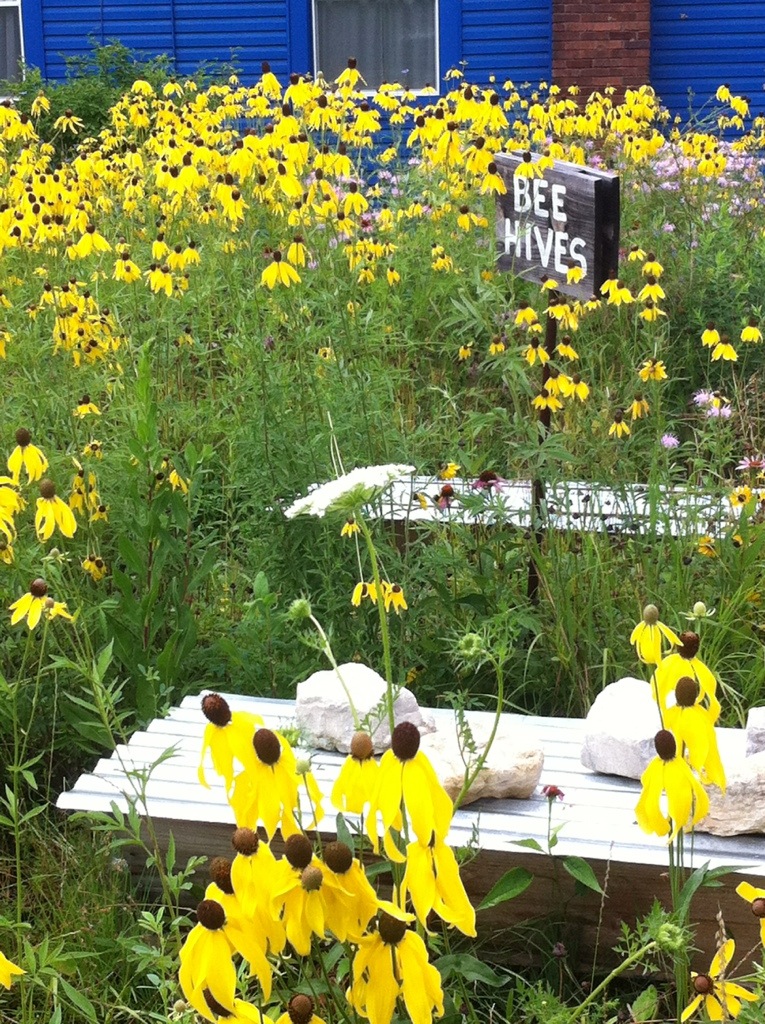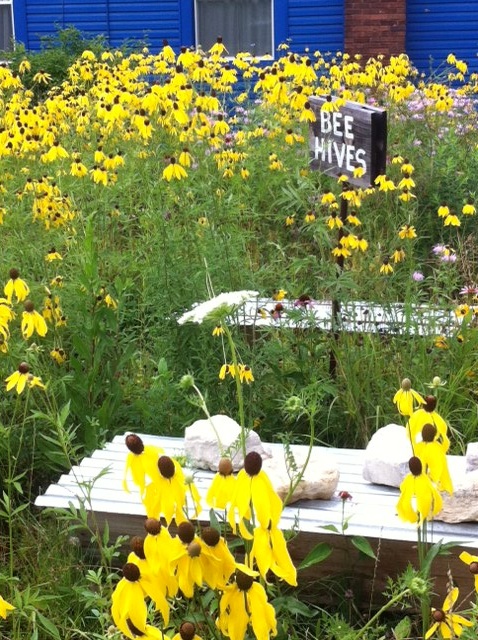My Aunt Chris sent this video my way. She has one of the liveliest backyards ever…full of blooms and wonder. I’ve always loved thinking of her out puttering in her greenhouse and her gardens. It’s a trait shared by my mother, her sister—a trait inherited directly from their father. And although I consider myself late to the party, I can say that this dormant green-thumb obsession has now blossomed in me, too.
In the video, please note that the common denominator in all this wonder is flowers. If you plant it and it blooms, they will come.

